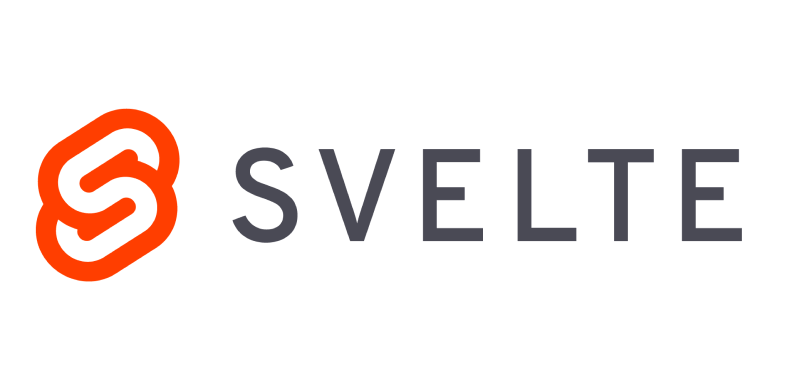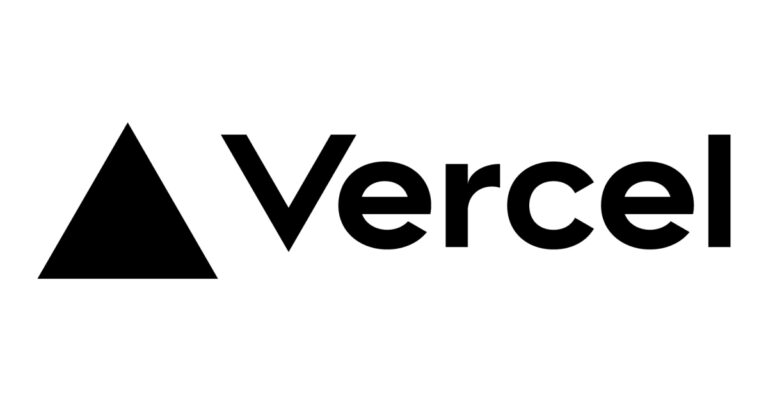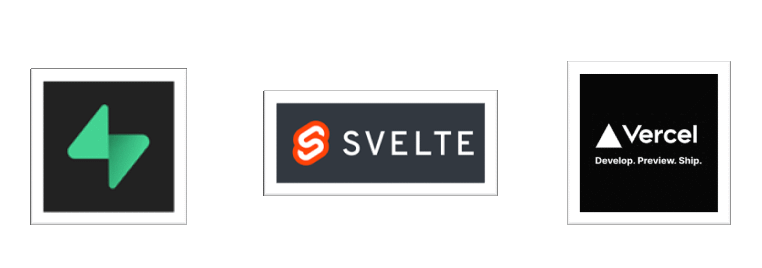*this post is the 4th post in a 4 part series
Part 1: Introduction
Part 2: Supabase
Part 3: Vercel
Part 4: Svelte
Front-end development is hard.
If you like acronyms then front-end development is full of them: HTML, CSS, JS, SSR, PWA, ARIA, API, CDN, UX, SEO and DOM to name just a few.
In most modern interactive websites/apps, ALL of the above concepts are involved and all meld together into one brittle and complicated beast.
Reducing complexity for developers would seem to make sense, but as front-end development has evolved, the situation just seems to be getting more complicated, not less. If developers have to deal with less complexity, they have more time to focus on what really counts; delivering value for users.
When creating our progressive web app at DiverseTalent, we evaluated a number of frameworks, but Svelte (and SvelteKit) fit our requirements perfectly. DiverseTalent has a small team of developers, reducing complexity and being able to iterate quickly were key requirements for any approach that we took.
Svelte stood out as it introduced us to a leaner, more intuitive approach to building web applications.
Below is how Svelte and SvelteKit streamlined our development from coding to deployment. We also explore its ease of use, server-side rendering capabilities, clean syntax for managing complexity, and great performance.
The Svelte Advantage: Less Code, More Functionality
One of the most compelling reasons we gravitated towards Svelte is its simplicity.
Unlike other frameworks where the amount of boilerplate code can be overwhelming, Svelte keeps things succinct.
The framework is designed to compile your code to the minimum necessary, eliminating the verbosity and letting developers accomplish more with fewer lines of code.
This not only accelerates development but also makes our codebase easier to maintain and understand.
Seamless Server-Side Rendering with SvelteKit
SvelteKit, the official application framework for Svelte, takes server-side rendering (SSR) to the next level. It offers out-of-the-box support for SSR, enabling us to build applications that deliver content directly from the server, improving load times, security and SEO.
When integrated with Vercel hosting, the deployment of SvelteKit applications becomes a breeze, benefiting from Vercel’s global CDN and edge functions for an even faster, scalable delivery of web applications.
Clean and Reusable Components
Svelte’s design philosophy emphasizes cleanliness and reusability, allowing us to break down complex parts of the app into manageable, reusable components.
Its syntax is not just minimalistic but meaningful, adding clarity to complex code blocks and logic. This approach encourages our modular design, making it easier for us to share, and maintain components across different parts of our applications and projects.
Performance Without the Virtual DOM
Unlike frameworks that rely on a virtual DOM to update the user interface, Svelte applies changes directly to the DOM.
This architectural decision removes the need for diffing algorithms and patching, resulting in significantly faster updates and rendering. The absence of a virtual DOM means that Svelte applications start faster and remain snappy, even as they grow in complexity.
Comparing Svelte to Other Frameworks
Before selecting Svelte as our [application] framework of choice, we evaluated the following options:
| Feature/Consideration | Svelte/SvelteKit | React | Vue | Angular | Astro |
|---|---|---|---|---|---|
| Syntax Simplicity | High (less code, more meaning) | Medium (JSX) | Medium (Template syntax) | Low (Verbose, TypeScript) | High (HTML in Markdown, components) |
| SSR Support | Native in SvelteKit | Supported with Next.js | Supported with Nuxt.js | Supported, requires additional setup | Native support, optimized for performance |
| Performance | High (no virtual DOM) | High (virtual DOM) | High (virtual DOM) | Medium (virtual DOM, more overhead) | High (partial hydration, optimized builds) |
| Learning Curve | Low to Medium | Medium | Low to Medium | High | Low to Medium |
| Integration with Vercel | Seamless | Seamless with Next.js | Good with Nuxt.js | Good | Seamless |
| Reusability | High (reusable components) | High (components, hooks) | High (components, options API) | High (modules, services) | High (components, layouts) |
| Community and Ecosystem | Growing | Large and well-established | Large and well-established | Large and well-established | Growing, innovative approach |
Svelte’s approach to minimalistic code, combined with the powerful capabilities of SvelteKit for server-side rendering, placed it as a highly competitive choice given our requirements; performance, ease of use, and cleaner code.
Conclusion
Svelte, together with SvelteKit, offered a refreshing and efficient approach to the development of our suite of apps.
When combined with seamless hosting solutions like Vercel, and Back end as a service offering like Supabase, Svelte applications are not only fast and lightweight but also scalable and easy to deploy.
As the framework continues to grow in popularity and its ecosystem expands, Svelte is poised to be a favorite among developers seeking to build high-quality web applications with less overhead.
*this post is the 4th post in a 4 part series
Part 1: Introduction
Part 2: Supabase
Part 3: Vercel
Part 4: Svelte





